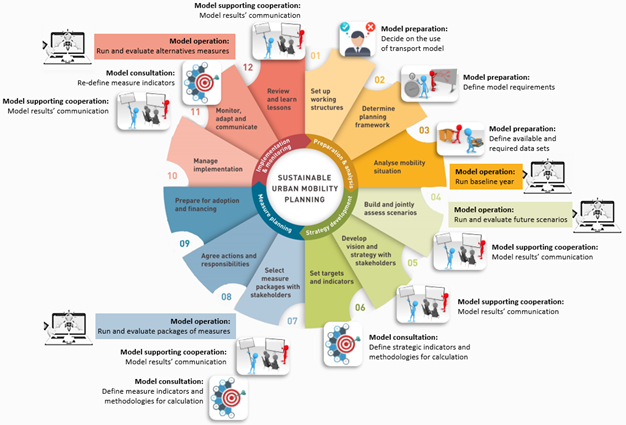
What are the challenges and opportunities for transport planning and modelling?
A recently released MOMENTUM report assesses the opportunities and challenges faced by cities because of emerging transport solutions.
MOMENTUM aims to develop data-driven decision support tools adapted to the new challenges and opportunities faced by cities as a consequence of emerging transport solutions. To this end, the first step is the identification of such opportunities and challenges, which have been documented in the report “New Mobility Options and Urban Mobility: Challenges and Opportunities for Transport Planning and Modelling”.
This document, created after a comprehensive literature review, a series of workshops and a Delphi poll, concludes that emerging mobility solutions will have a strong impact on the way transport planners use data sources, modelling techniques and decision support tools.
New transport options produce an outstanding amount of data with an unprecedented level of detail, which can be leveraged for providing insights on the use and adoption of such innovative services. The development of new algorithms for extracting mobility patterns from these datasets is crucial to evaluate the impact of new solutions on cities. However, their availability is not always guaranteed, and many authorities struggle to achieve data sharing agreements with private operators.
A second issue is how to make sense of this data: data without models is hard to interpret and exploit. The development of activity-based transport modelling approaches seems a promising strategy to take advantage of such high-quality datasets. This effort has to take into account that decision support tools, where these models are embedded, must be tailored to planners’ needs.
If the implementation of new functionalities brought by new modelling approaches does not compromise usability, models are likely to play a more prominent role in strategic mobility planning. Interestingly, some of the innovative modelling approaches are often regarded as more transparent and closer to the nature of mobility, which can in turn increase the confidence in simulation tools and the explainability of policy decisions.
Do you want to know more? Read the full report here.


